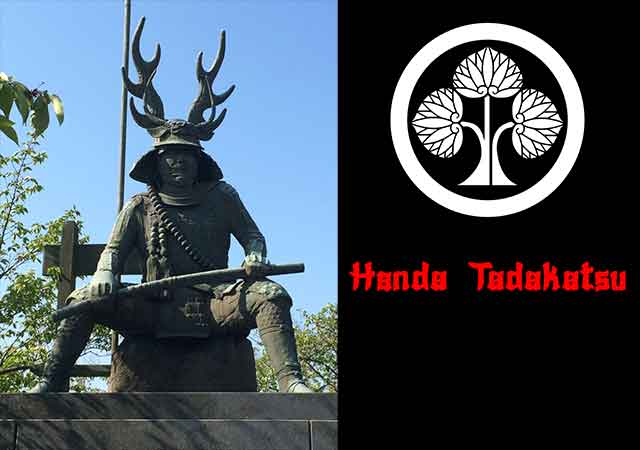
Born in Okazaki, Mikawa (modern-day Aichi Prefecture), Honda Tadakatsu, also known as Heihachiro, was one of the esteemed quartet of generals, alongside Ii Naomasa, Sakai Tadatsugu, and Sakakibara Yasumasa, who served Tokugawa Ieyasu. Tadakatsu's name carries a clever pun, as "Tada" can mean "just," and "katsu" signifies "win." Hence, his name could be translated as "Just Win!" — an apt name for any samurai.
As a trusted confidant of Ieyasu and a brilliant strategist, he stood by Ieyasu's side during pivotal battles such as Okehazama, Anegawa, Mikatagahara, Nagashino, Komaki Nagakute, and, of course, Sekigahara. One of Honda Tadakatsu's most remarkable feats occurred in 1584 during the Komaki Campaign. While Ieyasu left to confront Toyotomi troops at Nagakute, Tadakatsu observed Hideyoshi leading a sizable force in pursuit. With just around 30 mounted samurai, he daringly confronted Hideyoshi's forces, facing overwhelming odds of 50 to 60 to 1 across the Shonai River. Toyotomi Hideyoshi, astonished by Tadakatsu's audacity and valor, ordered that he and his men remain unharmed.
Oda Nobunaga hailed Honda Tadakatsu as a "samurai among samurai." Similarly, Toyotomi Hideyoshi once remarked that among samurai, there were "Honda Tadakatsu in the east and Tachibana Muneshige in the west." Takeda Shingen also commended Honda, stating that "the only things above Tokugawa Ieyasu are his helmet and Honda Tadakatsu."
Honda Tadakatsu's distinctive black armor, with its deer antler-fitted helmet, was a recognizable sight on the battlefield. Despite the helmet appearing heavy and unwieldy with its thick antlers mounted on top, they were actually made of lightweight paper mache covered in lacquer. The reason for adorning deer antlers wasn't merely to enhance his intimidating presence but stemmed from a significant experience following a decisive battle.
The story goes that after the Battle of Okehazama, Tadakatsu led the 19-year-old Ieyasu back to Okazaki Castle. Following days of heavy rain, the rivers were swollen. While searching for a way to cross, a stag deer traversed the shallows, guiding Tadakatsu. Interpreting this as an auspicious sign, Tadakatsu adopted the deer's imagery to further guide and serve his lord, Ieyasu, an undertaking he fulfilled with bravery and honor throughout his life.
At the age of 57, Honda Tadakatsu participated in the Battle of Sekigahara, commanding a mere 500 samurai on the battlefield. During a charge on the Shimazu clan's war camp, Tadakatsu's horse was brought down by a volley of arrows, but he remained unscathed. Pausing briefly to offer a prayer for his fallen horse, he then seized the reins from one of his captains and resumed fighting.
Tadakatsu is often referred to as "The Warrior who surpassed Death itself" as he never suffered a significant wound, despite engaging in over 55 battles. He passed away in Edo in 1610, having inadvertently cut his hand while woodcarving. Observing his own blood flow from the wound, he considered it an omen and willed himself to pass away at the age of 63 several months later.
See also
-
Tachibana Dosetsu
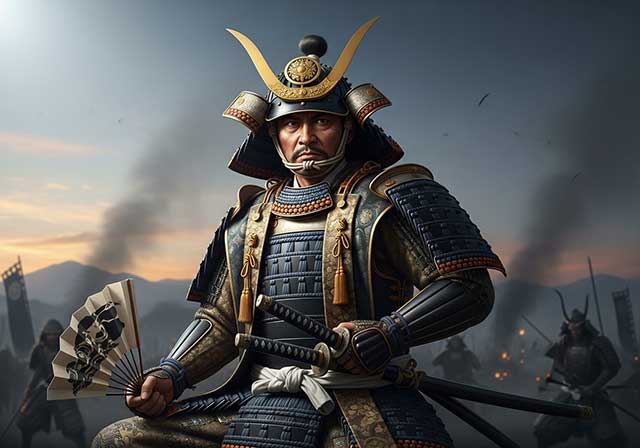
Tachibana Dōsetsu is the name by which Hetsugi Akitsura is more widely known; the name of this lineage is also found read as Hekki or Bekki. For a long period, Akitsura served the Ōtomo clan, the daimyō of Bungo Province, and took part in wars against the Ōuchi family, the principal enemies of the Ōtomo in northwestern Kyushu. In the 1560s, Akitsura seized the castle of the Tachibana clan, which had rebelled against the Ōtomo, and thereafter adopted the surname Tachibana. Around the same time, he took Buddhist vows and assumed the name Dōsetsu, which means “Snowy Road.”
-
Taira no Masakado
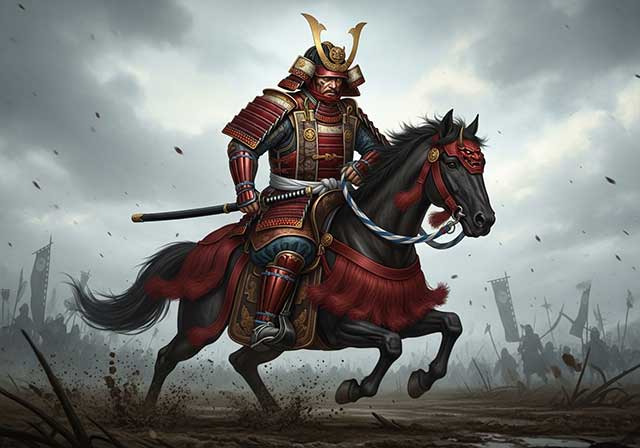
Taira no Masakado embodied the quintessential samurai of his era—self-assured, harsh, and unyielding. In his youth, he served in the palace guard and repeatedly proved his bravery while suppressing unrest. Thanks to these achievements, Masakado sought the post of chief of the capital’s military-police office (the kebiishi-chō), but he was rejected: by that time, nearly all court positions—now little more than privileged sinecures—were controlled by members of the powerful Fujiwara clan.
-
Sakakibara Yasumasa
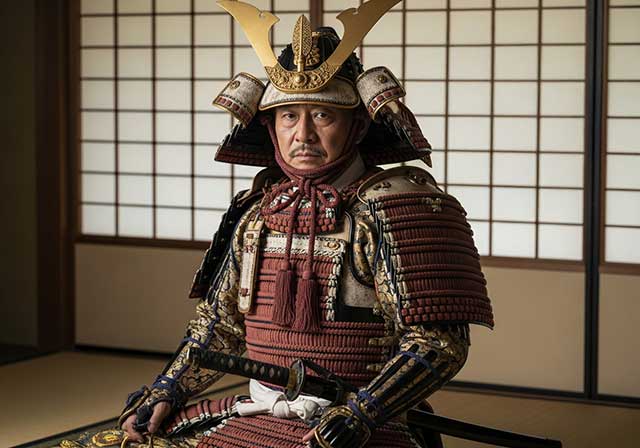
Yasumasa was the second son of Sakakibara Nagamasa and was born in Ueno in Mikawa Province. From a young age, he began serving Tokugawa Ieyasu and eventually rose to the position of one of his most trusted generals. His wife was the daughter of Osuga Yasutaka. Ieyasu first noticed the young Yasumasa during the suppression of the Ikkō-ikki uprising in Mikawa in 1564. Thanks to his demonstrated abilities, Yasumasa was granted the privilege of using the character “yasu”—the second character of Ieyasu’s own name—in his own. Although he was the second child in his family, he became his father’s heir, though the exact reasons for this remain unknown.
-
Sakai Tadatsugu
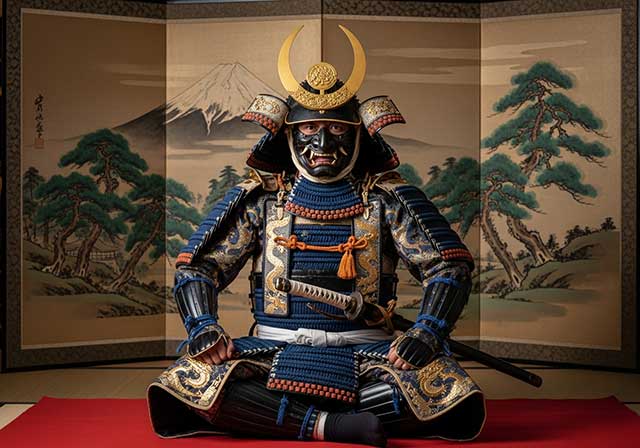
Tadatsugu was one of the most renowned generals serving Tokugawa Ieyasu. After Ieyasu broke ties with the Imagawa clan, Tadatsugu—an ardent supporter of this decision—was granted command of Yoshida Castle in 1565, which controlled the coastal road from Tōtomi to Mikawa. During the Battle of Mikatagahara in 1573, he held the right flank of the Tokugawa forces even when the troops sent by Oda fled under the assault of the Takeda army. In the Battle of Nagashino in 1575, he personally requested permission to carry out a night attack on the Takeda camp, which he executed brilliantly together with Kanamori Nagachika.
-
Ryuzoji Takanobu
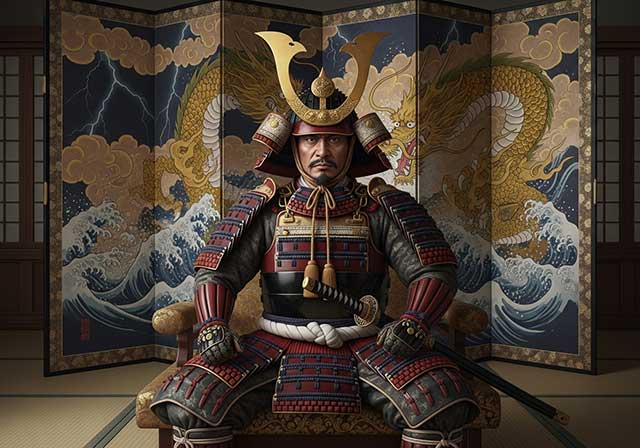
Takanobu was the eldest son of Ryūzōji Takaie and the great-grandson of Ryūzōji Iekane. His father was killed by a man named Baba Yoritiku in 1544. At a young age, Takanobu took Buddhist vows and received the monastic name Engetsu. However, around the age of eighteen, he returned to secular life, and in 1548, after the death of Ryūzōji Tanehide, he became the head of both branches of the Ryūzōji family.
-
Ouchi Yoshihiro
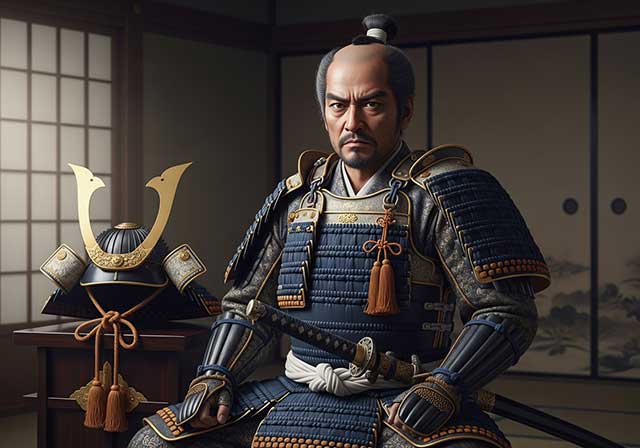
Ōuchi Yoshihiro was the second son of Ōuchi Hiroyo, who headed the Ōuchi clan in the western part of Honshu. In 1363, Shogun Ashikaga Yoshimitsu confirmed the Ōuchi family in the position of shugo of Suō and Nagato Provinces. In his youth, Yoshihiro assisted his father in strengthening the influence of the Northern Court on the island of Kyushu — they served under Imagawa Ryōsun, who had been tasked with subjugating the nine provinces of Kyushu.
-
Ouchi Yoshioki
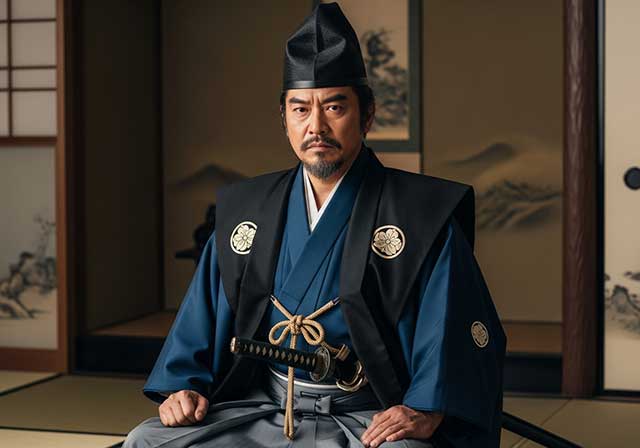
Ouchi Yoshioki, the ruler of the provinces of Suo, Nagato, and Iwami, was one of the most capable military commanders and politicians of the late 15th and early 16th centuries. The son of Ouchi Masahiro, he governed from his residence in Yamaguchi in the province of Suo. In 1499, Yoshioki gave refuge to Shogun Ashikaga Yoshitane, who had been driven out of Kyoto by Hosokawa Masamoto. Shogun Yoshizumi, Masamoto’s protégé, ordered the lords of Kyushu to unite their forces against Yoshioki; however, they did not dare to do so, fearing the power of a man who by that time controlled six provinces. Having gathered a substantial army, Yoshioki marched from his native Suo toward Kyoto in order to restore Shogun Yoshitane to power.
-
Otomo Sorin

Ōtomo Yoshishige came from a noble lineage, being the eldest son of Ōtomo Yoshiaki, the ruler of Funai Province. The roots of the Ōtomo family traced back to Fujiwara Hidesato, the adopted son of Nakahara Chikayoshi. Fujiwara served Minamoto Yoritomo during the Genpei War and took part in battles in Mutsu Province in 1189. In 1193, he was appointed shugo of Buzen and Bungo Provinces, after which he adopted a new surname—Ōtomo.

